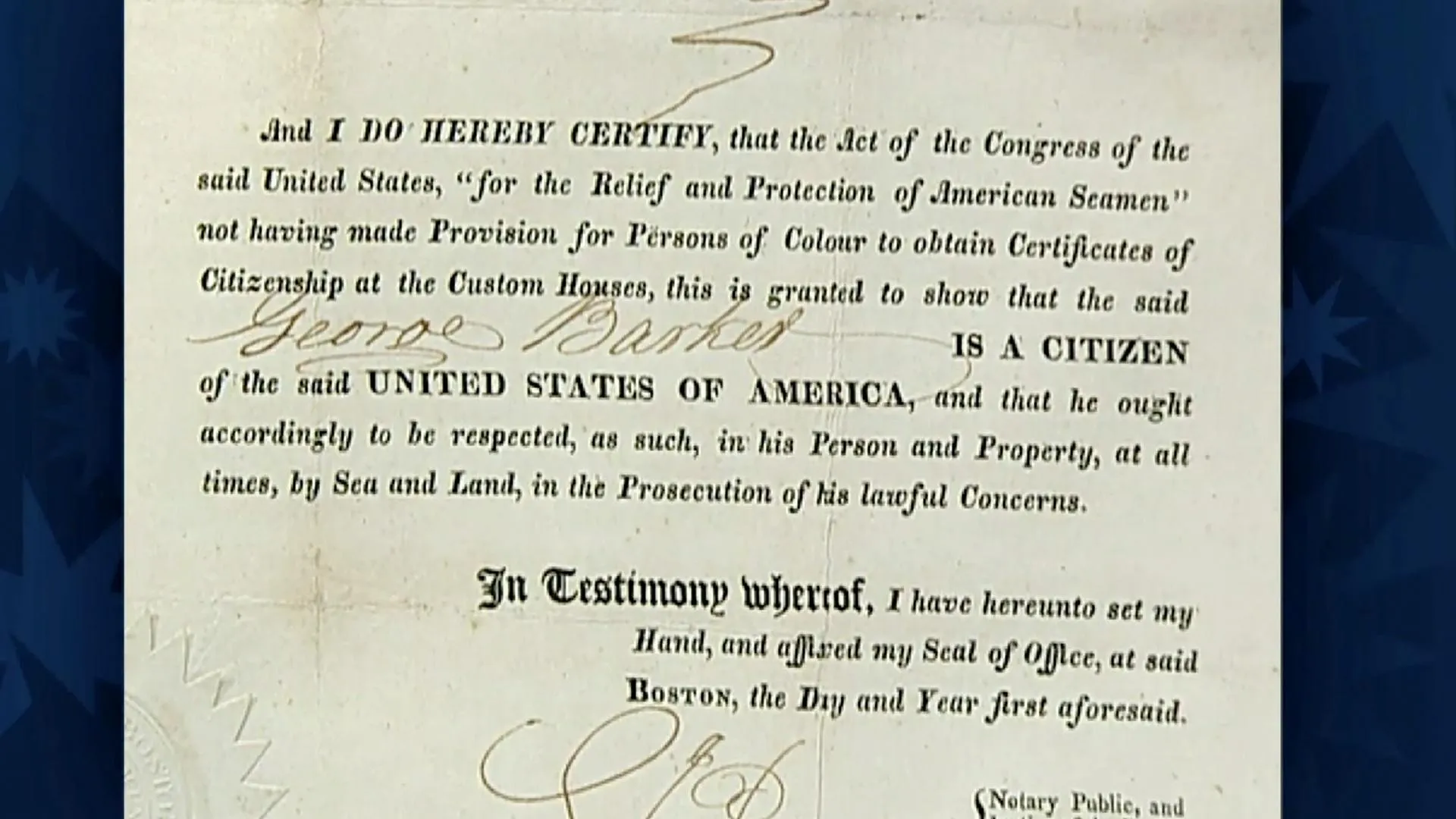GUEST: I found this in a Georgetown antique store on the floor, kind of hidden in a stack of other paintings, and I just found it appealing. I didn't know anything about it, and I just wanted it and bought it for not very much money. It had to be far less than $200. Maybe even $85.
APPRAISER: And how long ago was that?
GUEST: About 15 years, I think.
APPRAISER: Well, it's a charming and remarkable piece. And you talked a little bit about the title of it, "Dancing for Eels."
GUEST: Yes.
APPRAISER: What do you know about that?
GUEST: I had never heard of dancing for eels, but what I found out was that in the mid-19th century, at the Catharine Street Wharf, black people would-- men, I suppose-- would just dance for eels. And I can't imagine. I guess there are places where, you know, people eat eels. I know that. But it just seems so interesting. And it was in the history books, but it took me a long time to actually find a reference to dancing for eels.
APPRAISER: I, too, did a little bit of research, and what I discovered is that this particular composition goes back to a drawing that was made in 1820. And what it was depicting was enslaved African Americans who went from New Jersey to the Catharine Street Wharf to sell produce. And they joined free African Americans in New York and danced for eels.
GUEST: Oh, my.
APPRAISER: So, what's interesting to me from an historical context about this is here is something that was depicted in the 1820s...
GUEST: Yes.
APPRAISER: ...and this picture dates to about 1880 or 1890.
GUEST: Oh, my.
APPRAISER: So it's a subject and a composition that has a long popularity in American culture.
GUEST: Mm-hmm.
APPRAISER: And what I particularly like about this one is that you've got the figure of a child on a stool, you've got musicians in the background-- one playing a banjo, you have the dancers, people standing in the background, you have a smokestack. This painting appears to be done on canvas, laid over a tin backing, and the paint medium is oil paint, with the lines that you see scratched into the paint surface. I think in today's market, at auction, we're talking about something that would sell in the range of $6,000 to $9,000.
GUEST: Oh, my!
APPRAISER: So your investment...
GUEST: (laughing) Oh, my goodness.
APPRAISER: ...really did well.
GUEST: Oh, my. (laughing) I'm shocked.
APPRAISER: Yeah.












